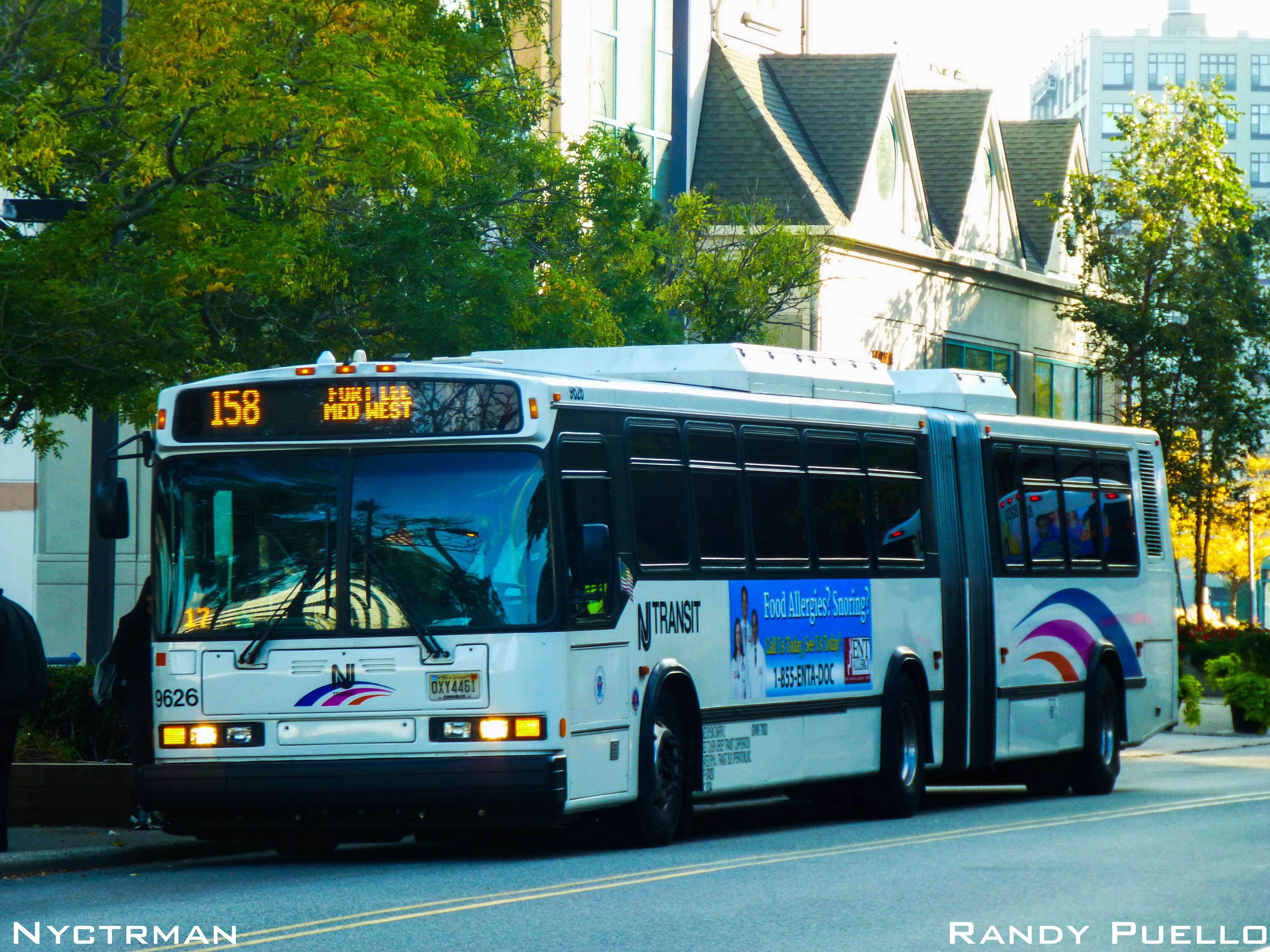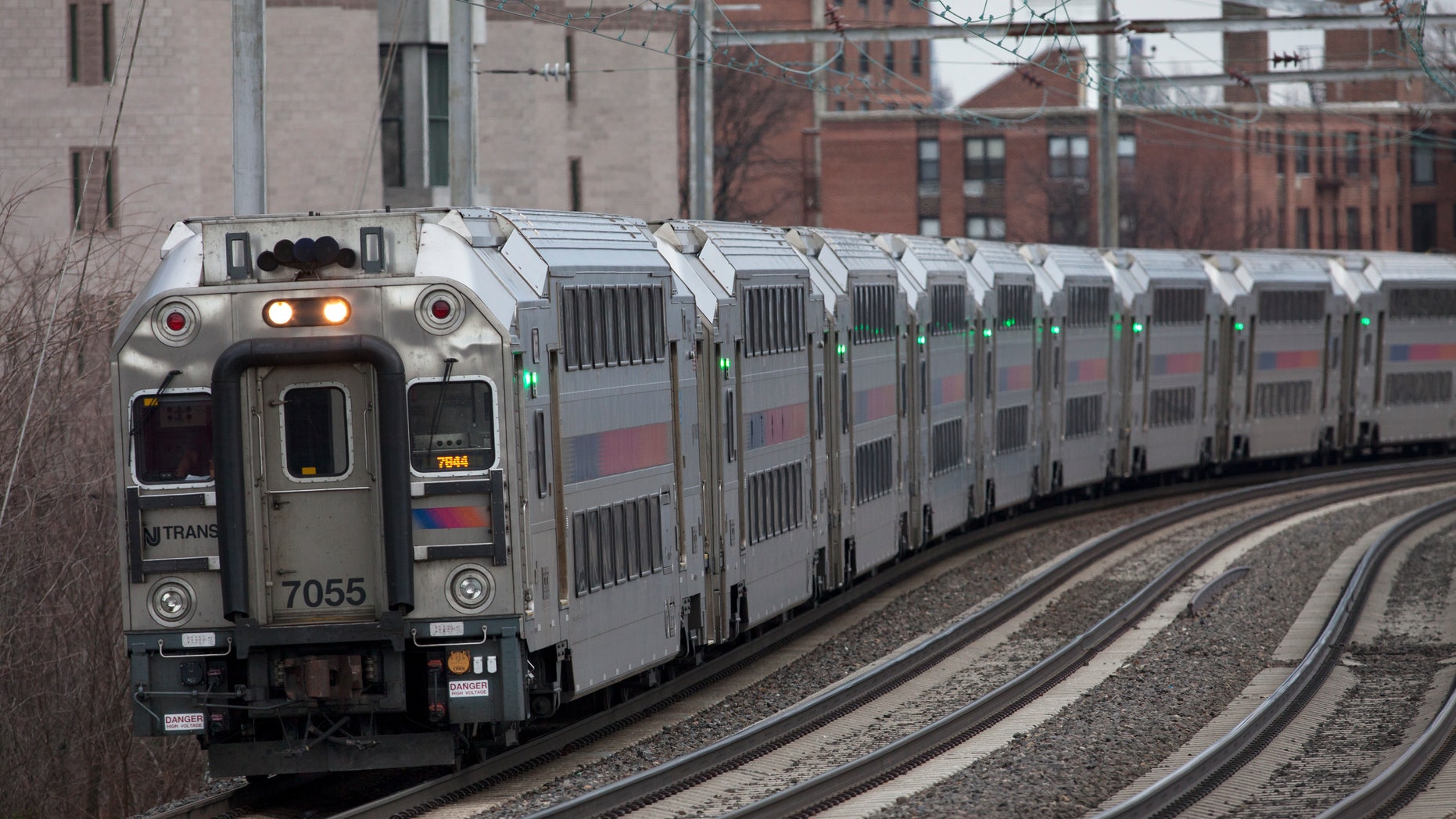

In some cases, the abusive passengers were fare-dodgers who became combative when caught.Ĭrew members who called supervisors and transit police for help often were left waiting, according to the complaint. Incidents detailed occurred since the start of the pandemic and often erupted after train crews acted to enforce the agency’s mask mandate for passengers and other rail rules, according to the complaint. In a 36-page complaint filed in federal court, the conductors, fare collectors, and other crew members described encounters with irate passengers who assaulted, insulted, spat at, and threatened them with guns and knives. Together, these documents outline our plans for the future, and we are committed to making this vision a reality in order to better connect our customers with their lives, one trip at a time.Fourteen train crew members have sued NJ Transit for negligence, claiming the agency failed to protect them from abusive passengers.


NJ TRANSIT 5-Year Capital Plan which identifies the needed projects, budget considerations and an aggressive schedule for dramatically improving the speed, reliability, safety, reach and quality of NJ TRANSIT service.NJT2030 – A 10-Year Strategic Plan which presents the roadmap for supporting our growing ridership and changing environment through strategic choices and critical investments.This comprehensive vision is built on two seminal documents. It’s a bold vision of our future as we look at what we need to be in 2030. We are building a system our customers can depend on, while creating a modern, world-class, 21st century transit network. Our mission is to provide a safe, reliable, convenient, and cost-effective transit service that is essential for the quality of life and continued economic prosperity of the people of New Jersey and the surrounding metropolitan areas. NJ TRANSIT is one of the engines that feeds a $1.4 trillion tri-state regional economy - one of the largest in the world. As the largest state transit system in the country, NJ TRANSIT provides irreplaceable mobility to the residents of the nation’s most densely populated state and surrounding regions, transporting nearly one million customers a day with our train, bus, light rail and Access Link services – safely, reliably and affordably for over 40 years.


 0 kommentar(er)
0 kommentar(er)
